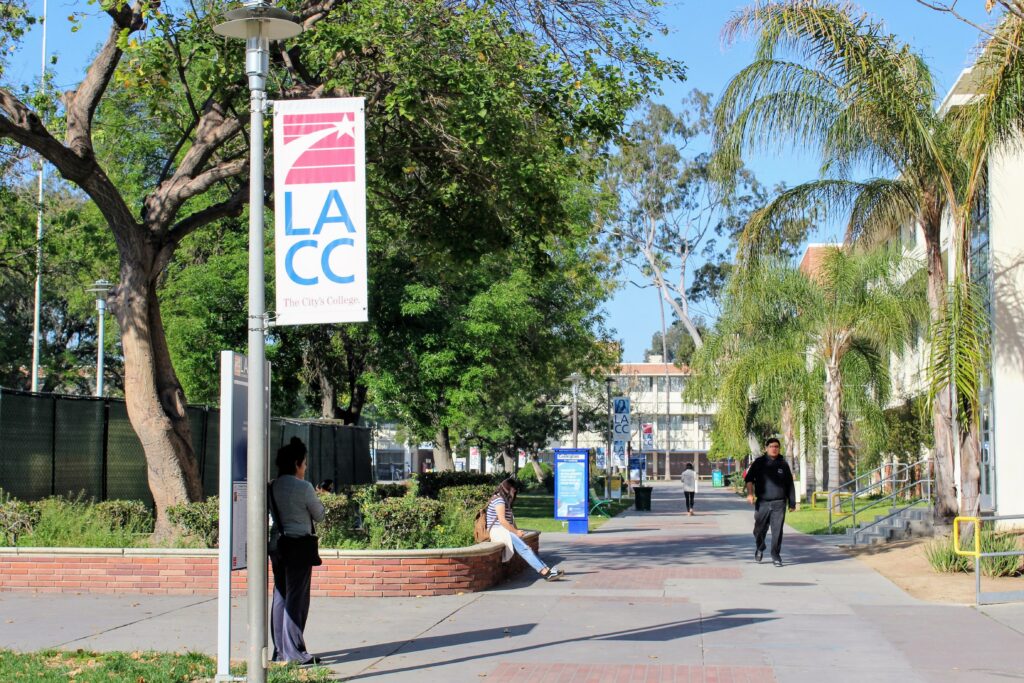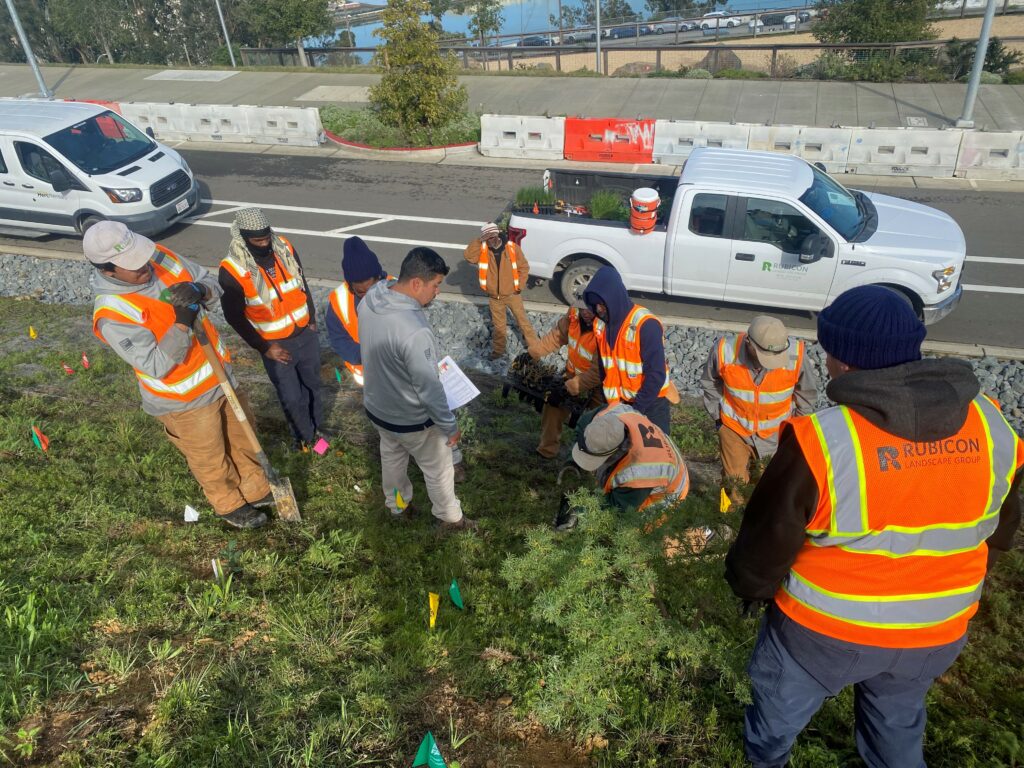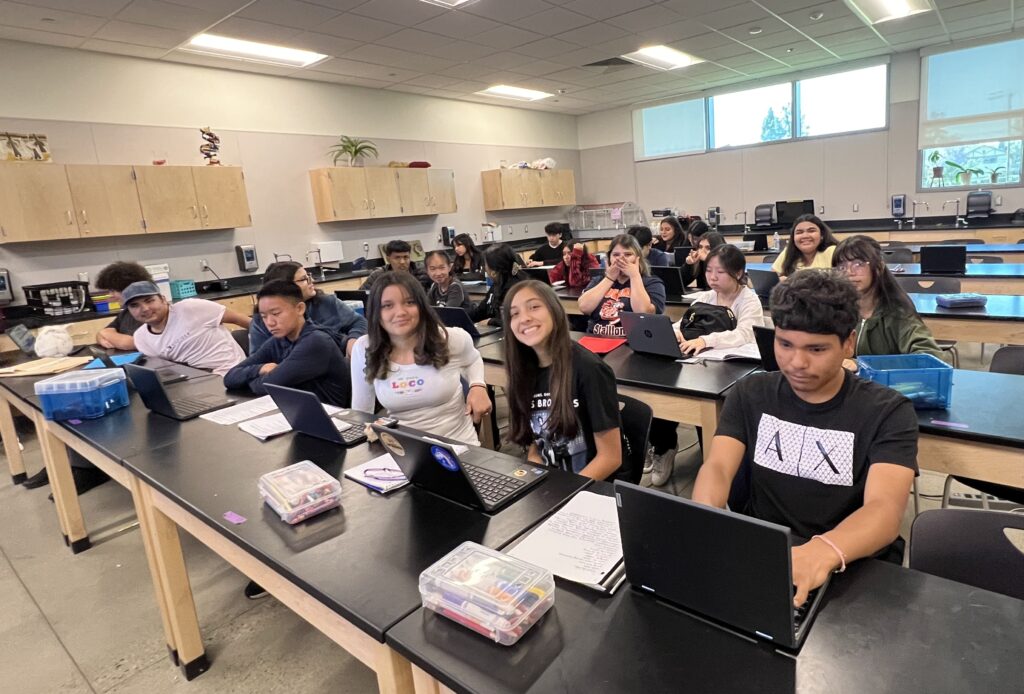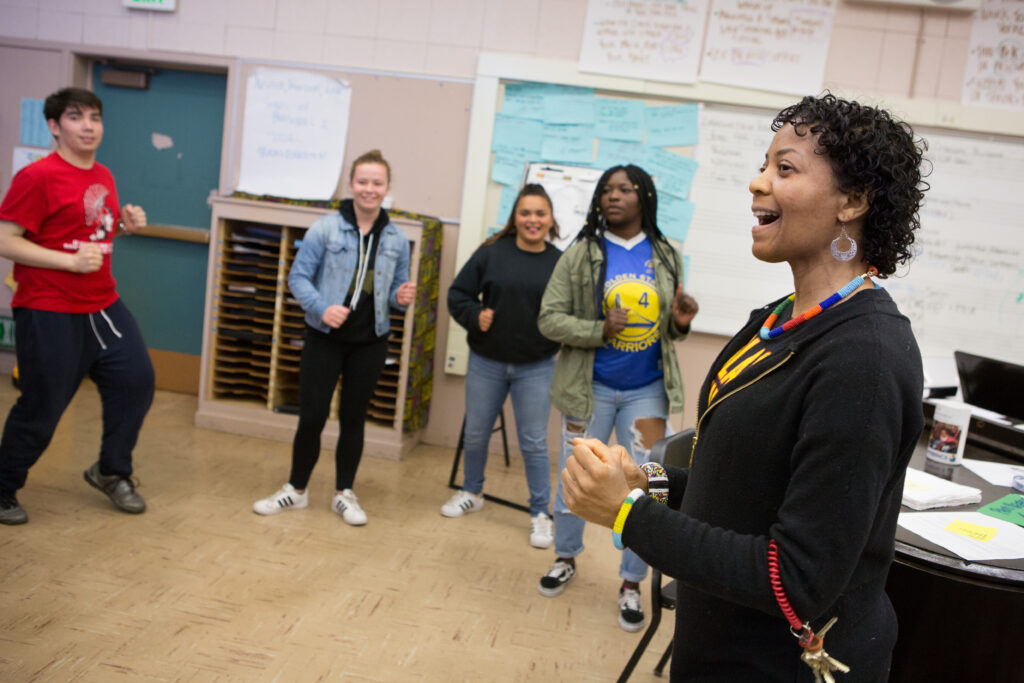
Los Angeles City College
Credit: Larry Gordon / EdSource
The most stressful time in most people’s academic careers is their first year of college. The transition from the routine of high school is suddenly over.
An entirely new level of freedom is afforded to us, and quite frankly, even that can be overwhelming. You might suddenly miss a class or two and no one will phone your home, and it’s enticing to view college as a chance to catch up on socializing. All this can cause students — especially those in community colleges where material isn’t always as rigorous — to make the mistake of not putting adequate effort into education the way they should.
So, what happens when students hit a snag in the road during their collegiate start?
For myself, there was something else that affected my ability to put my best foot forward in classes. I was diagnosed with ulcerative colitis just as I began my next chapter in my educational journey. I couldn’t help but feel like my world was crashing down.
This illness can create frustrating pain at times we cannot predict. Attending classes, much less focusing on the material, sometimes felt impossible. My grades faltered as I tried to manage my social life, treat my illness and balance a full load of classes.
My first few semesters in community college featured the dreaded W, or withdrawal, and even a pair of F’s. I immediately knew transferring was unlikely, so I decided to take some time off. Maybe college wasn’t for me. I was forced to put dreams aside and try to find work; and given the price of medication and doctor visits, it wasn’t a bad idea. So I dropped out, and for a time I thought I’d never have a chance to earn a degree.
Then came the Covid pandemic, and with it, work and school from home.
The opportunity to take online courses was enticing, even though I assumed transferring was out of the question given my academic record.
I decided to email an adviser at my local community college, just to see what could be done to transfer despite my less-than-stellar transcripts.
To my surprise, I learned about the little-known academic renewal policy. It allows community college students who have taken two years off to apply to have a limited number of units cleared from their GPA. It will remain on their records to give potential four-year universities a fuller picture of their efforts, but if you can return to classes and start hitting the ball out of the park, there is a chance to rebuild your academic career.
According to the California Community Colleges, academic renewal was first introduced in 2008.
It gives students a chance to petition to have D’s and F’s removed from their GPAs, but they must first earn a certain level of passing grades to start the process.
Ultimately, the work still must be done by the student. You are not guaranteed success by wiping a few W’s and F’s from your GPA, but the opportunity to have a second chance in education can uplift those who face illnesses, economic hardships or other unforeseen circumstances.
Your first semester in college should not follow you forever. And thankfully, the state’s community college system understands this.
When I filled out the academic renewal application with my adviser, I didn’t expect much. But to my surprise, they were very helpful in ensuring that my plan to take the appropriate courses to transfer to colleges of my choice was possible.
What followed were four semesters of the hardest work I have ever put in. I came back as a student on a mission to attend class as often as possible, ask questions to professors, get involved in study groups and even be a teaching assistant. My illness had thankfully gone into remission, and for once I felt like I could be a student.
Thanks to my advisers, professors and fellow students, I transferred to my dream university.
However, I do wish this renewal process were more widely advertised because not all students who have initial struggles in their academic careers will reach out to advisers. Community colleges can and should find better ways to ensure students understand there are second chances through what appears to be a little-known process.
Students across the state should know about academic renewal. It can be the difference between giving up on getting a degree or achieving your goals.
•••
Joshua Picazo is majoring in media studies at UC Berkeley and is a member of EdSource’s California Student Journalism Corps.
The opinions expressed in this piece represent those of the author. EdSource welcomes commentaries representing diverse points of view. If you would like to submit a commentary, please review our guidelines and contact us.












